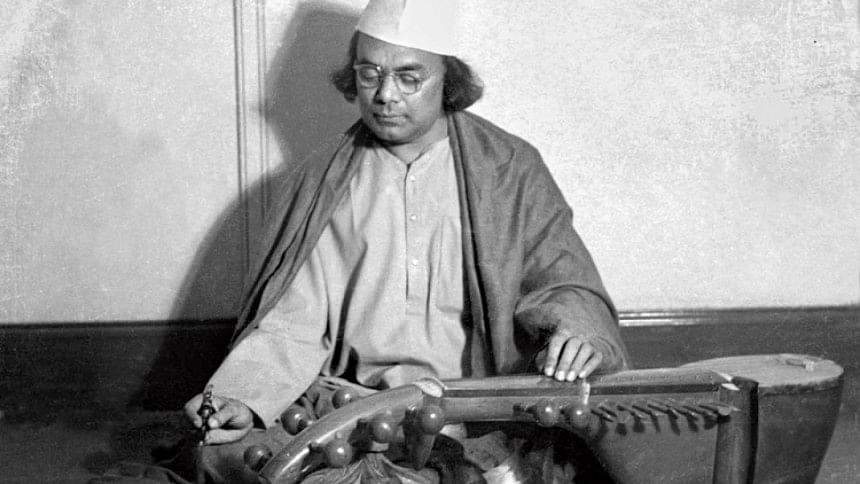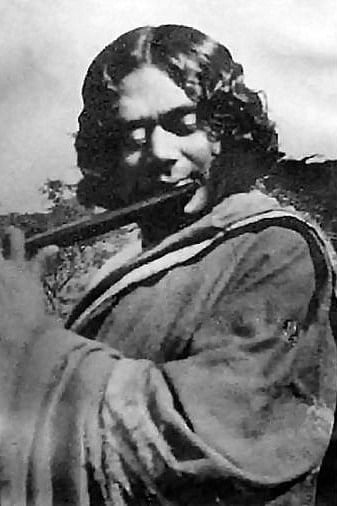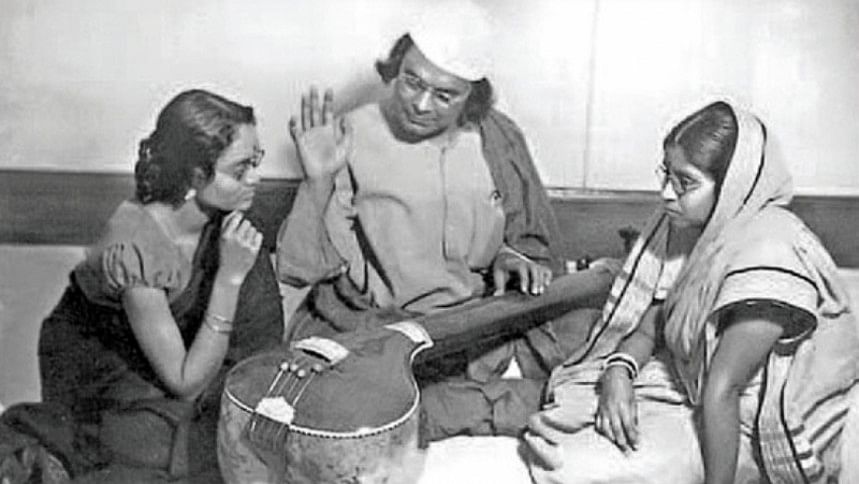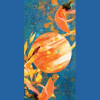From Leto songs to Ghazals- Exploring Nazrul’s musical versatility

Kazi Nazrul Islam was a revolutionary catalyst of Bangla literature, who evoked power through his words. He was a poet, novelist, playwright, speaker, newspaper editor, film actor, music maestro, and contributed to the Liberation war as a Shobdo Joddha and political activist.
For many of us, the first encounter with Nazrul's works is Nazrul Sangeet, and we grew up singing his rhymes and melodies before reading his works. Be it "Bou Kotha Kou," or "Prajapati Prajapati", his songs are reminiscent of childhood memories and classroom rhymes.

Although he was a literary genius and the 'rebel' poet, his legacy as an exceptional lyricist and musician added immense value to nearly every genre of Bengali music.
With over 3000 songs across several genres, Nazrul's work as a music maestro remains unparalleled. His interwinding relationship with Bangla music was as intricate as the ragas he composed. Due to tremendous poverty, he was exposed to brutal realities very early in his childhood and joined the 'Leto singers' squad. He subsequently began writing songs for that group, stepping into the realm of folk music. A decade later, he began delving into patriotism and rebellion, establishing a career as music director.
Nazrul's poetry had the remarkable ability to transcend literal boundaries and find natural resonance in music. He established a new category of songs about awakening, patriotism, and the battle for freedom from oppression. His song "Karar Oi Louho Kopat," is still unrivalled in terms of lyric, music, and artistic brilliance among songs of this genre. Similarly, his song "Chol, Chol, Chol" tuned his words of rebellion and energised people from generations to come.

Nazrul also introduced the concept of Bangla Ghazals inspired by the Persian Ghazal tradition of love ballads. His song "Darale Duare Mor Ke Tumi", captures the love and longing of a man and a woman, singing about the spell that each has cast on the other. This particular song has gained a newfound popularity owing to the Coke Studio Bangla rendition; the initiative that also reshaped the way people imagined "Bagichay Bulbuli Tui".
He also incorporated several elements of Islamic history and sufism in his songs, invoking a sense of spirituality. One such song, "Tora Dekhe Ja Amina Mayer Kole" still enchants the audience and is a testament of his brilliance in this genre. Lastly, one can never forget his song, "Masjideri Pashe Amar Kabar Diyo Bhai," where he requests to be buried beside a mosque so that he could hear the azaan from his grave.
Kazi Nazrul Islam's impact on Bangla music extends far beyond his own era; it's a timeless legacy that still shapes contemporary artists. His compositions have spurred the birth of musical movements, each honouring the fusion of verse and harmony that he personified. One such example is "Durgom Giri Kantar Moru" which continues to groove the audience in band concerts.
The resonance of his defiant soul echoes in modern renditions that ensure that this legacy lives on. It's as though his melodies are gentle murmurs carried by the breeze, uniting generations in an everlasting symphony.

 For all latest news, follow The Daily Star's Google News channel.
For all latest news, follow The Daily Star's Google News channel. 










Comments